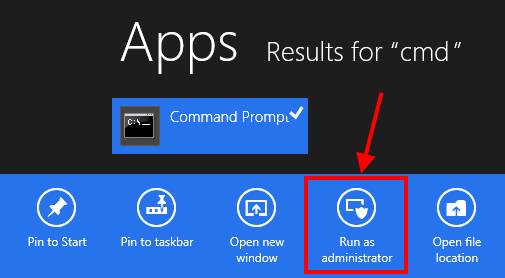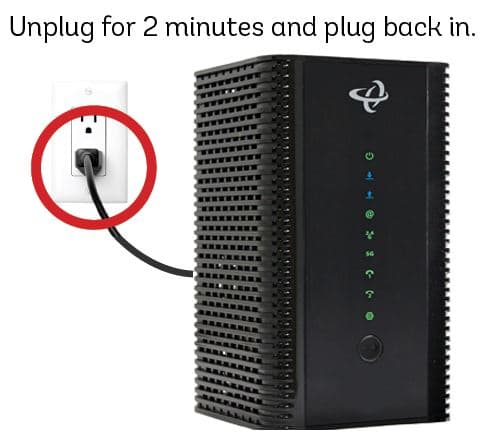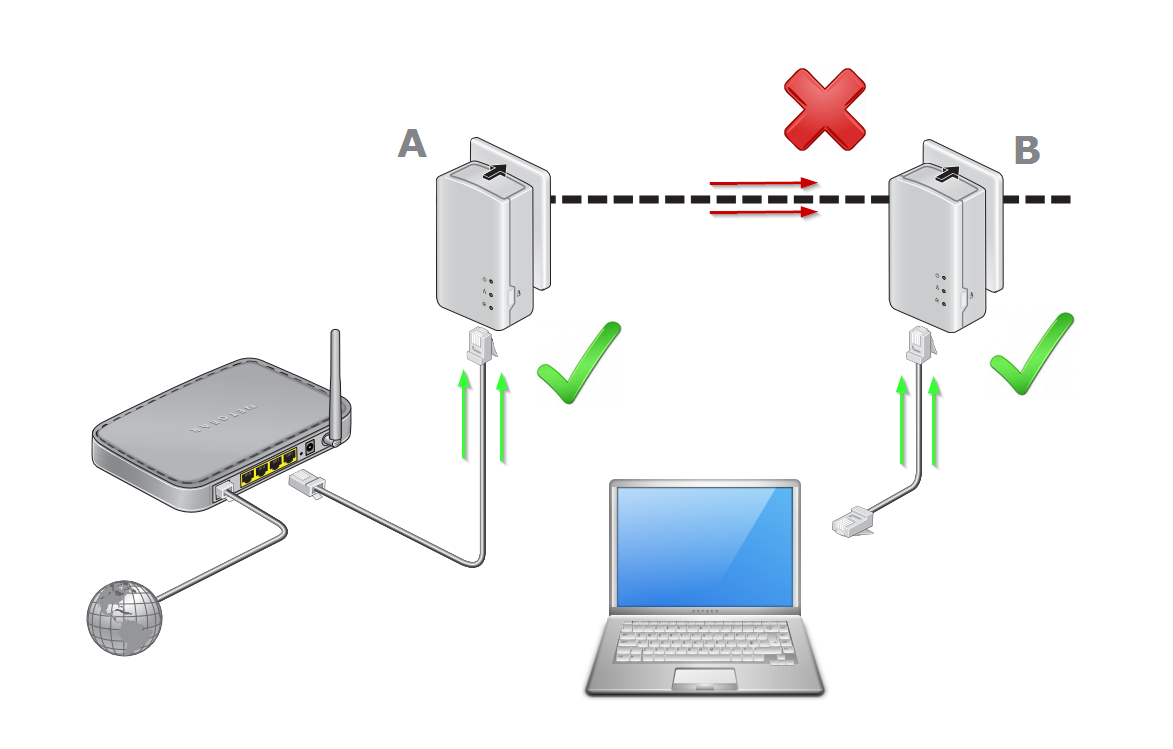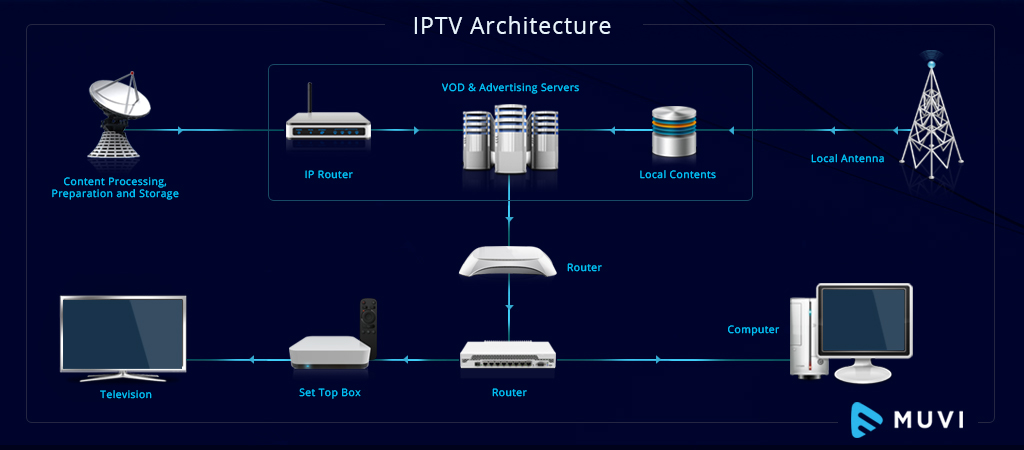Ever wondered how your computer talks to other computers? Well, it’s all thanks to a nifty little thing called Ethernet. Born in the labs of Xerox in the groovy 1970s, Ethernet is the life of the party in any local area network (LAN). It’s like the ultimate social butterfly, making sure no computer feels like an island by enabling file and printer sharing.
The term “Ethernet” has a rather divine origin. Aristotle, the Greek philosopher, coined the term “ether” to describe the “divine element” in heaven. Fast forward to the 17th century, and French philosopher Rene Descartes theorized that the universe is filled with ether, a substance that exists everywhere. So, in a way, Ethernet is like the omnipresent party planner, ensuring that the network is buzzing everywhere.
How Does Ethernet Work Its Magic?
Ethernet uses a communication concept called datagrams to pass messages across the network. Think of these datagrams as little packages of information, each containing details about the data, its origin, destination, and type. It’s like sending a letter, but with the sender’s address, receiver’s address, and a stamp indicating the package’s contents. It’s a pretty neat system, right?
Decoding the Numbers, “Base”, and “T”
You might have come across terms like 1000BaseT or 10GBaseT and wondered what they mean. Well, the number stands for signaling speed, with “1000” representing 1000 megabits per second. “Base” refers to Baseband, a single carrier frequency that lets all devices connected to the network hear all transmissions. And the “T”? That stands for twisted pair cable. It’s like the secret language of Ethernet!
Half-Duplex vs. Full-Duplex: The Showdown
In the world of Ethernet, there’s a thing called half-duplex mode, which is a bit like using a CB radio. You can either send a message or receive a message at one time, but not both. If two or more computers try to send data at the same time, a collision occurs. But thanks to switches, Ethernet can run in full-duplex mode, where two computers establish a point-to-point connection, avoiding collisions. It’s like having your own private lane on the information highway!
Why Ethernet is the Bee’s Knees
Ethernet has a few tricks up its sleeve that make it a top choice for networks. For starters, it’s upgradable. Some superfast networks like 100G BaseT Ethernet are based on more affordable technologies, making future upgrades easier.
Ethernet is also a breeze to install. Back in the day, IBM’s Token Ring was a rival of Ethernet. But despite its faster transmission speed, it was a pain to configure. As networking expert Frank Derfler said, “The Token Ring is to networks what the Boeing 747 is to airplanes. It makes strange noises and requires special handling”.
Lastly, Ethernet is a champ when it comes to connecting to the backbone network. While other LAN protocols lag behind in backbone innovations, Ethernet has several choices like Gigabit Ethernet, ATM, and routing switches.
So, there you have it, folks! Ethernet is the unsung hero that keeps our networks humming and our computers chatting. Whether you’re a tech whiz or a newbie, we hope this article has shed some light on the magic of Ethernet. Now, go forth and share your newfound knowledge with the world!







